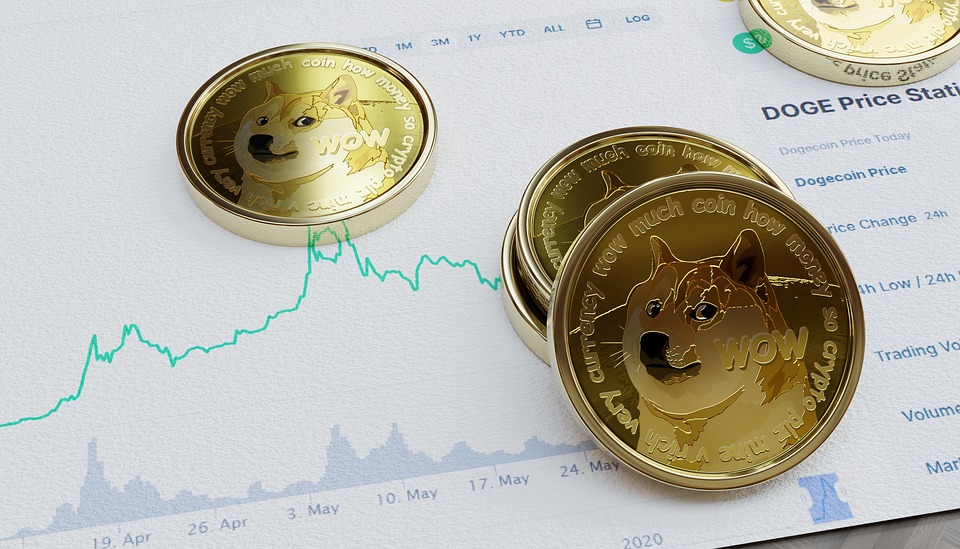From Bitcoin to NFTs: Diversifying Your Portfolio with Digital Assets
The rise of digital assets over the past decade has transformed the financial landscape, prompting both seasoned investors and novices to explore new avenues for wealth creation. While Bitcoin has dominated headlines as a pioneering cryptocurrency, a broader spectrum of digital assets, including Ethereum, altcoins, and non-fungible tokens (NFTs), offers exciting diversification opportunities. In this article, we will explore the significance of these digital assets, how they can enhance your investment strategy, and the factors to consider before diving into this evolving market.
Understanding Digital Assets
Digital assets encompass a wide range of items that exist in digital form and are secured by blockchain technology. The most familiar type is cryptocurrency, which includes Bitcoin, Ethereum, and thousands of competing coins and tokens. These digital currencies operate on decentralized networks and allow users to engage in peer-to-peer transactions without intermediaries.
NFTs are another crucial component of the digital asset realm. Unlike cryptocurrencies, which are fungible and can be exchanged for one another, NFTs are unique digital tokens that represent ownership of a specific item or piece of content, such as digital art, music, videos, virtual real estate, and even tweets. Each NFT is stored on a blockchain, giving it verifiable scarcity and provenance.
The Appeal of Diversification
-
Risk Management: The traditional investment world highlights the importance of diversifying across asset classes to mitigate risks. Digital assets offer a new dimension to this principle. Cryptocurrencies can behave differently from stocks and bonds, potentially reducing overall portfolio volatility.
-
High Growth Potential: While the volatility of cryptocurrencies and NFTs poses risks, they also present opportunities for significant returns. For instance, Bitcoin has experienced astronomical growth since its inception in 2009, while certain NFTs have sold for millions, driving interest in the digital collectibles market.
-
Access to Emerging Markets: Investing in digital assets provides exposure to innovative sectors poised for growth. The gaming industry, digital art marketplaces, and decentralized finance (DeFi) are all burgeoning fields that utilize blockchain technology, creating opportunities for early adopters.
- Portfolio Modernization: As the world moves towards a more digital lifestyle, having a portfolio that includes modern financial instruments reflects evolving market dynamics. Digital assets can appeal to younger investors and those interested in technology-driven investment opportunities.
Key Considerations for Investing in Digital Assets
-
Research and Education: The digital asset market is fast-paced and can be confusing. Investors should prioritize education and research before making decisions. Understand the technology behind the assets, their use cases, and the teams behind them.
-
Security Measures: Digital assets come with unique security challenges. It’s crucial to utilize secure wallets, enable two-factor authentication, and be wary of scams and phishing attacks. Hardware wallets and cold storage solutions can offer additional protection for your investments.
-
Market Volatility: While the potential for high returns is enticing, investors should also recognize the volatility inherent in the digital asset space. Price swings can be drastic, and emotional decision-making can lead to losses. Having a clear investment strategy and sticking to it can help mitigate these risks.
-
Regulatory Landscape: Keep abreast of the regulatory developments surrounding digital assets in your country. Governments worldwide are taking action to establish frameworks for cryptocurrency exchanges, NFT platforms, and other blockchain-related entities. Understanding the regulatory environment can help safeguard your investments.
- Long-term Perspective: Like any investment, success in digital assets often requires a long-term perspective. Rapid exits driven by short-term market movements can increase potential losses. Consider setting clear goals and timelines for your digital asset investments.
Conclusion
The journey from Bitcoin to NFTs signifies not just a shift in how we think about assets but also an invitation to engage with a dynamic, evolving marketplace. As an investor, diversifying your portfolio with digital assets can yield unique advantages, provided you navigate the landscape with care and intention. As technology continues to reshape our lives, embracing digital assets may offer a way to stay ahead of the curve while building a more resilient, diversified investment portfolio. Whether you’re intrigued by cryptocurrencies or drawn to the vibrant world of NFTs, now is an exciting time to explore the potential that digital assets hold.

